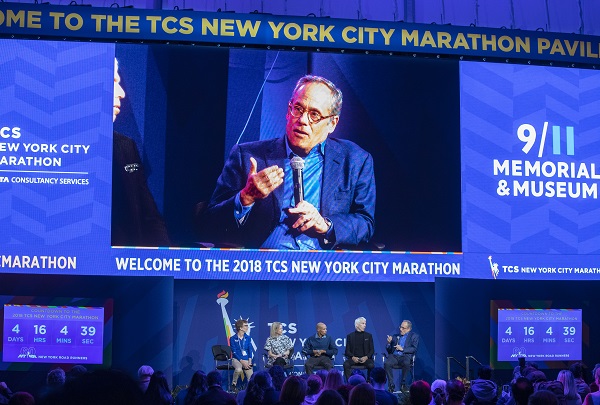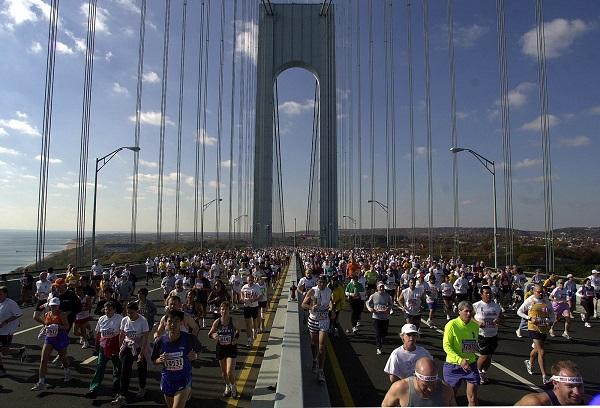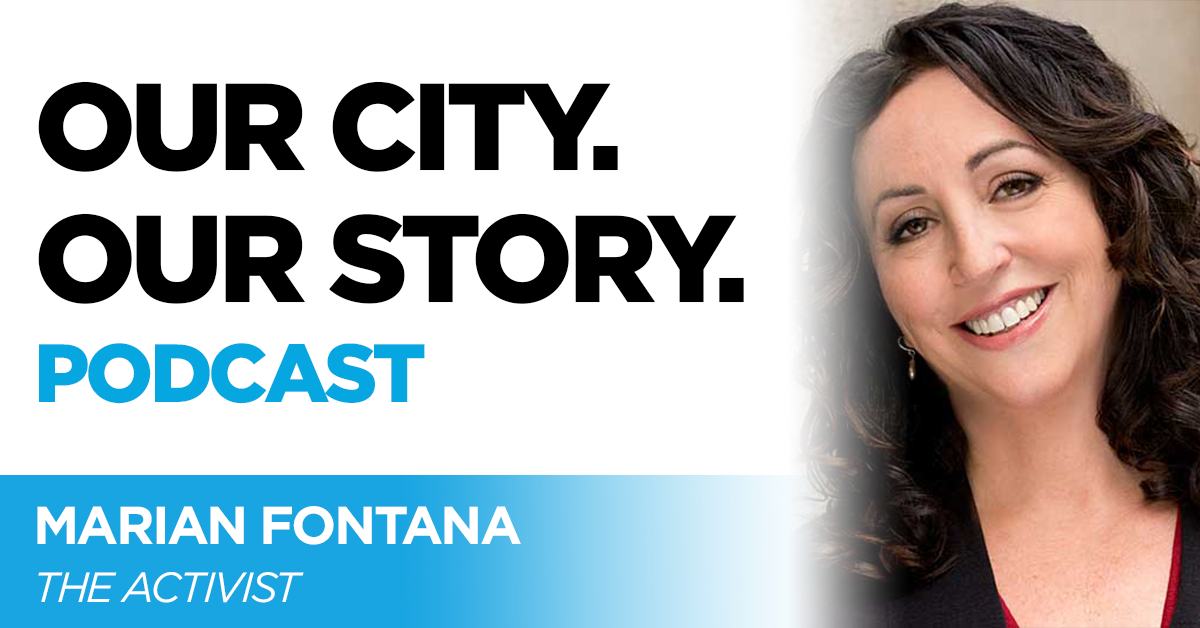The TCS New York City Marathon this Sunday will bring together close to 50,000 participants for the annual five-borough race.
Seventeen years after the 2001 marathon, the sights and sounds of the race for runners and onlookers are mostly unchanged year to year. But in 2001, the events of 9/11 reverberated through every footstep and cheer. A few short weeks after the attack, the marathon served as a vital and cathartic expression of human solidarity in the face of immeasurable tragedy.
The race carried on as scheduled, and participants and observers embraced the marathon as a powerful demonstration of the city’s resilience. Around 30,000 runners passed in front of 2 million spectators, uniting in the moment. The perseverance of runners facing a long road ahead served as a perfect metaphor for a city and nation determined to stand strong.
The day of the race, runners lined up along a racecourse painted red, white and blue. Throughout the event, police and Coast Guard boats patrolled the New York Harbor, closing parts to boat traffic until all runners had cleared the Verrazano-Narrows Bridge. Across the Harbor, set against the Manhattan skyline, the city’s physical transformation was glaringly pronounced.
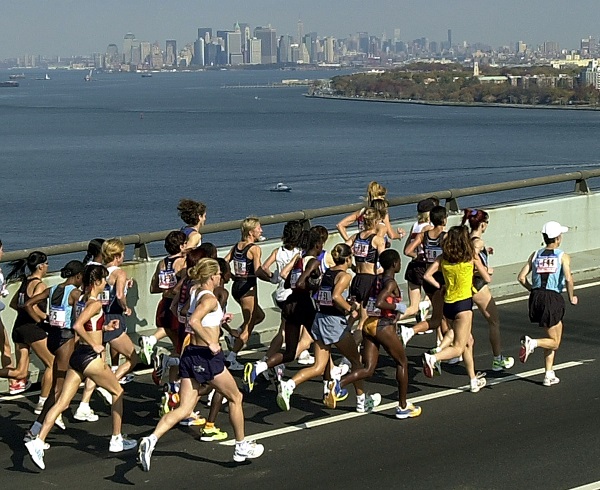
Before the start of the marathon, race director Allan Steinfeld told the crowd, “When you look down . . . you won’t see the World Trade Center. You’ll see a hole there, you’re going to feel that hole in your heart. Then you’re going to start running.”
Some runners honored those lost with a black band of mourning on their singlets. But as the day wore on, a new sense of beginning and healing began to take hold. And in the months to come, the city’s rescue, relief and recovery efforts evinced a true test of human compassion and resolve, and irrevocably affirmed the triumph of the human spirit.
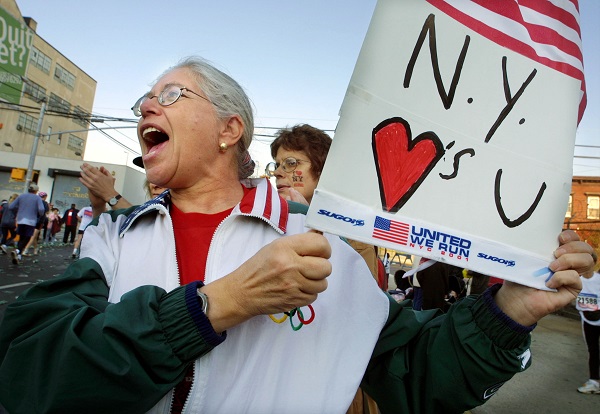
“It felt like each and every person was stitching the city back together,” recalled Deena (Drossin) Kastor, top American female finisher in the 2001 New York City Marathon.
Artifacts from the 2001 race are on display in the Museum’s special exhibition “Comeback Season: Sports After 9/11.” The exhibition features several iconic moments and untold stories like that of the 2001 NYC Marathon that highlight the unifying force of sports in American life.
By Yulia Shalomov, 9/11 Memorial Staff
